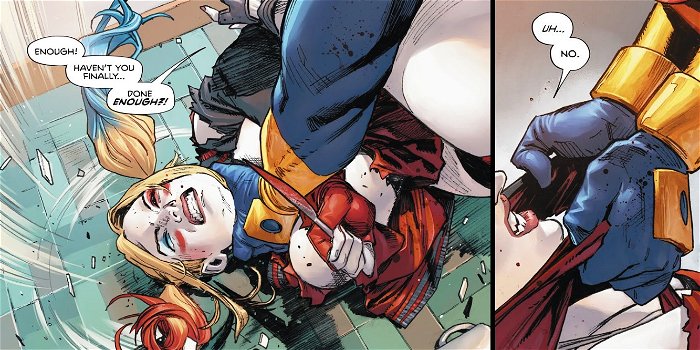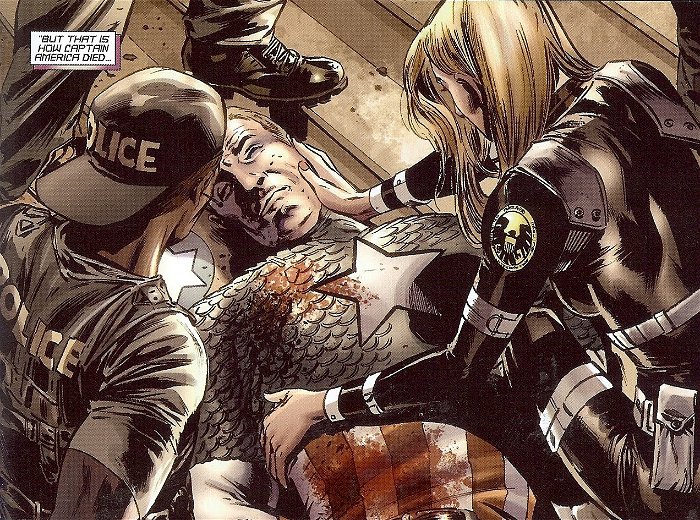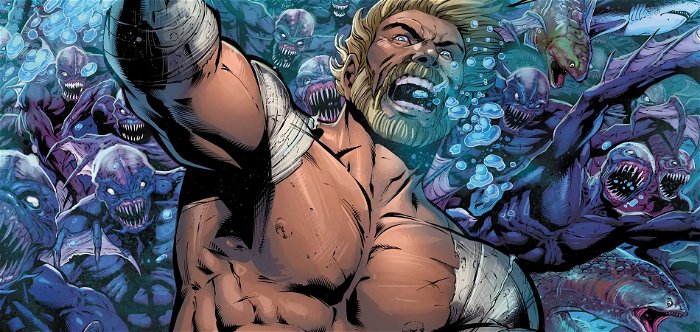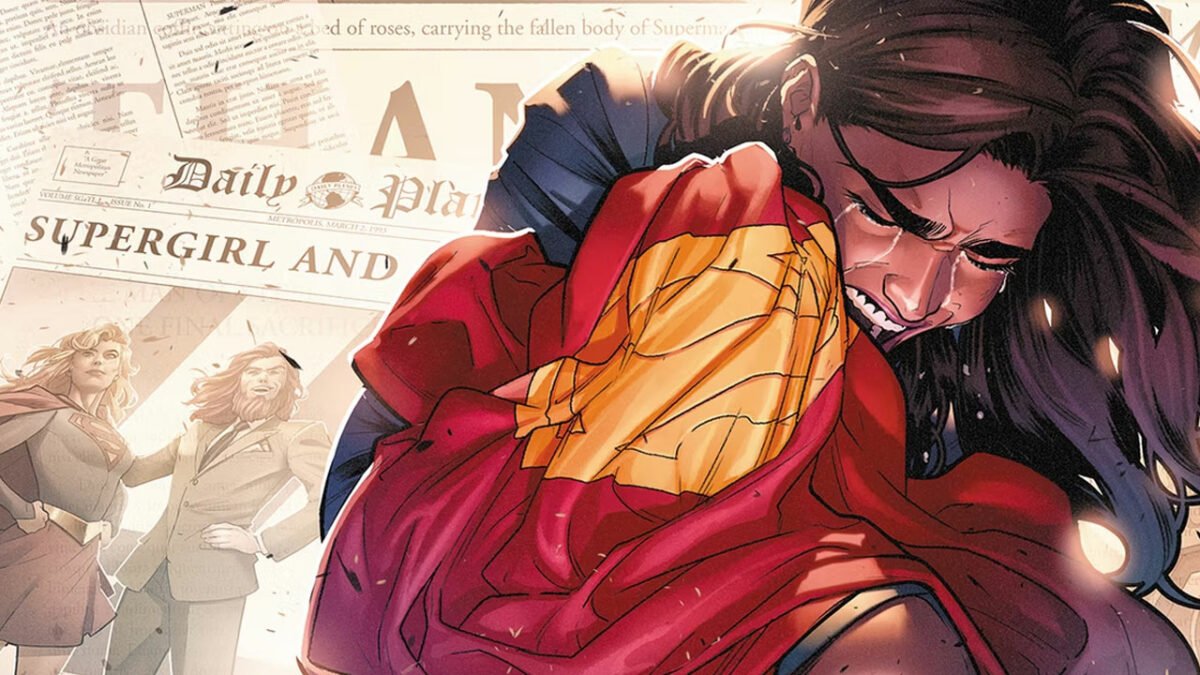In the world of comic books, the line between life and death has always been a blurry one. Time and time again, major characters have been killed off, only to be resurrected later, often with little to no explanation. This phenomenon has become so prevalent that it has started to wear on even the most dedicated fans. In this article, we will examine the impact of this “revolving door of death and rebirth” on the comic book industry and explore some of the most notable examples of characters who have experienced it.
The Dilemma of Killing Off Characters
The constant cycle of killing and resurrecting characters in comic books has generated numerous problems for both the creators and the readers. To begin with, this trend has made it challenging for fans to maintain a sense of investment in the stories, as the weight and emotional impact of a character’s death are significantly diminished when it is treated as a temporary setback. Moreover, when the suspense around a character’s survival is lost, the narrative structure can suffer, leading to plots that feel repetitive and uninspired.
The overuse of this storytelling technique has also spawned a culture of cynicism among readers, who now view the deaths of their favourite characters with skepticism rather than genuine emotion. This erosion of trust between the audience and the creators can make it difficult for new stories to resonate with fans, as they are left questioning the permanence and relevance of any major plot development.

The casual treatment of death as a mere inconvenience rather than a permanent consequence can result in the sense of fatigue and disillusionment among readers. By repeatedly employing this cheap plot device, comic book writers risk alienating their audience, who may become jaded with the predictability of character resurrections. In the long run, this could lead to a decline in readership, as fans may choose to abandon the medium altogether in search of more engaging and emotionally satisfying storytelling.
While the comic book industry has long been known for its dynamic and innovative approach to storytelling, the constant recycling of character deaths and resurrections is a troubling trend that has the potential to weaken the genre’s appeal and undermine the very foundation on which it was built. To maintain the loyalty of their fans and the vibrancy of the comic book world, creators must be willing to explore new and diverse narrative avenues, prioritizing emotional resonance over shock value.
Notable Examples of Death and Rebirth
Between 2000 and 2010, the comic book industry witnessed a surge in the phenomenon of character death and resurrection, with numerous major figures succumbing to and later returning from the afterlife. Iconic heroes such as Aquaman, Batman, Booster Gold, Captain America, Colossus of the X-Men, Donna Troy, The Flash (Bart Allen), Hawkeye of the Avengers, Martian Manhunter of the Justice League, The Thing of the Fantastic Four, and Wasp of the Avengers all experienced this cycle, highlighting a pervasive trend within the medium. These high-profile cases underscore the industry’s apparent reluctance to commit to the permanence of death, opting instead to frequently revive fan-favourite characters in a bid to maintain readership and generate buzz around their publications.

The prevalence of this narrative device in these notable instances reflects a broader issue within the comic book world: the struggle to balance the desire for compelling, emotionally resonant storytelling with the commercial imperatives of the industry. The frequent return of these iconic characters may initially draw attention and sales. Still, the repetition of this tactic risks undermining the emotional weight of their deaths and, ultimately, the stories themselves.
In order to preserve the integrity of the medium and the loyalty of its fans, comic book creators and publishers must strive to break free from this cycle, embracing innovative narrative techniques and exploring the potential for meaningful character development without relying on the crutch of death and resurrection. By taking this approach, the industry can reaffirm its commitment to engaging and emotionally powerful storytelling, ensuring the enduring appeal of comic books for generations to come.
Successful Instances of Character Resurrections
Despite the inherent problems with the death-and-rebirth cycle, there have been instances where writers have managed to pull off a character’s return in a compelling and meaningful way. Two such examples are Batman and Captain America, whose resurrections were carefully crafted to provide new narrative opportunities and character growth.

For Captain America, his return in “Captain America: Reborn” led to him taking on the role of the head of S.H.I.E.L.D., allowing the character to explore new dimensions and challenges. Meanwhile, Batman’s return in “Batman: The Return of Bruce Wayne” showcased his investigative skills and paved the way for the ambitious “Batman Incorporated” storyline.
The Need for Change in the Comic Book Industry
It’s clear that the overuse of the death-and-rebirth trope has become a significant issue for the comic book industry. To maintain the interest of readers and prevent further disillusionment, creators and publishers need to find new ways to generate excitement and keep stories fresh without resorting to the same tired techniques.

One possible solution is to focus on developing compelling stories that don’t rely on shock value or gimmicks. By investing in strong character development and innovative storytelling, the industry can create engaging narratives that stand the test of time, without constantly hitting the reset button.
The revolving door of death and rebirth in comic books has become a significant problem for the industry, leading to fan fatigue and a loss of interest in the medium. While there have been some successful instances of character resurrections, the majority of these cases feel like cheap plot devices. To ensure the continued growth and success of the comic book industry, creators and publishers must find new ways to engage readers without relying on the tired trope of death and resurrection. By focusing on strong storytelling and character development, the industry can create lasting narratives that will captivate readers for years to come.



